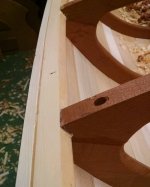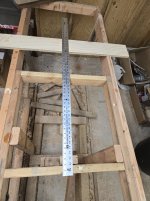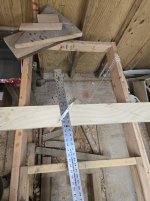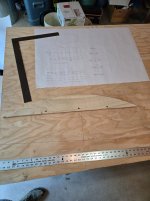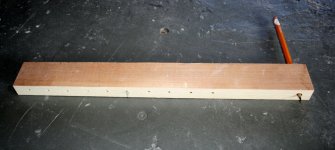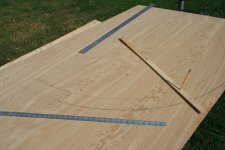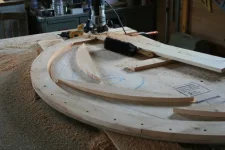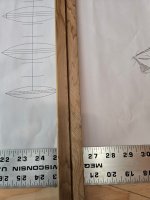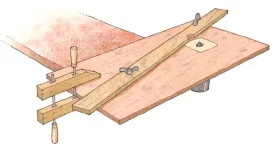Next project is a pond box adapted from the 1942 Field & Stream/Megargee sheerside BBSB plans. It's been in my mind for a few years, but other projects kept jumping to the front of the line. These plans hold a special place in my family history, as my grandfather built his first as soon as he got ahold of the plans. I believe he built it while my dad was in the Navy during WWII, but those who could confirm it are long gone. We hunted the boat in various capacities until it was lost to water damage 40 years ago when the roof of the shed in which it was stored failed and we didn't notice until too late. In the 70's and 80's I built a total of four boats based on the plans, from a variety of materials. Being that I enjoy building more than having wood boats, they were hunted a few times then given to buddies.
The concept is a 9' feather edge box, scaled from the aforementioned plans. The following studies are close to what I intend to build, but I always tinker until the last second. For instance in the build study it appears to my eye that there's a hook in the sheer near the bow, I'm gonna play with that. Everything is being drawn in AutoCad so it's easy to manipulate.
The procedure was first to recreate the boat Megargee took measurements from. A couple of assumptions have to be made: 1. He didn't change measurements to smooth the lines when drawing. 2. The original was a feather edge (he doesn't say that, but says he added the sheer side for ease of construction) 3. The original was built entirely on a 48" radius frame.
This photo is what the boat would have looked like in plan, and how the molds at stations A-E would appear in section. Note that the sheers are shown to scale as vertical lines in the sections, the deck radius' passes through those points to where they would mate as a feather edge. It is almost 6" wider than the plan boat, 54" vs 48" at maximum beam.
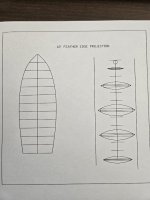
The design procedure was then to scale it down to 75%. Several thing then come into focus: 1. The deck radius is now 36" vs 48" in the original. 2. The boat needs to be restationed and mold dimensions and offsets calculated. I won't bore you with the tedium, but here's what pops out.

The concept is a 9' feather edge box, scaled from the aforementioned plans. The following studies are close to what I intend to build, but I always tinker until the last second. For instance in the build study it appears to my eye that there's a hook in the sheer near the bow, I'm gonna play with that. Everything is being drawn in AutoCad so it's easy to manipulate.
The procedure was first to recreate the boat Megargee took measurements from. A couple of assumptions have to be made: 1. He didn't change measurements to smooth the lines when drawing. 2. The original was a feather edge (he doesn't say that, but says he added the sheer side for ease of construction) 3. The original was built entirely on a 48" radius frame.
This photo is what the boat would have looked like in plan, and how the molds at stations A-E would appear in section. Note that the sheers are shown to scale as vertical lines in the sections, the deck radius' passes through those points to where they would mate as a feather edge. It is almost 6" wider than the plan boat, 54" vs 48" at maximum beam.

The design procedure was then to scale it down to 75%. Several thing then come into focus: 1. The deck radius is now 36" vs 48" in the original. 2. The boat needs to be restationed and mold dimensions and offsets calculated. I won't bore you with the tedium, but here's what pops out.

Last edited:

